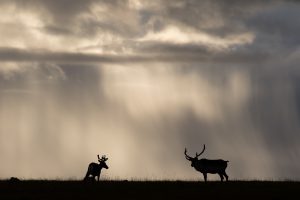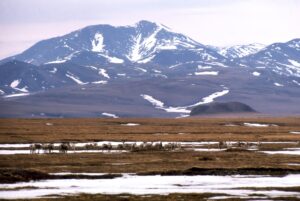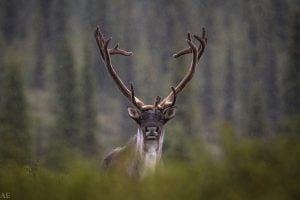A new federal government report says timely action must be taken to ensure a sustainable future for one of Canada’s most iconic wildlife species, but environmental groups fear a lack of political will could jeopardize the recovery of boreal caribou across the country.
Boreal caribou, a sub-population of woodland caribou, are found in the boreal forest regions of nine provinces and territories. They have been listed as Threatened under the federal Species at Risk Act (SARA) since 2003 and their numbers have continued to decline, largely due to habitat loss and fragmentation, which also exposes the caribou to increased predation. In 2012, the federal government released a recovery strategy for the species that directed the provinces to ensure at least 65 per cent of each caribou range remains undisturbed.
The report by the Ministry of Environment and Climate Change, released Tuesday, provides an update on progress made since 2012 and says the provinces did not fully meet their obligations by the deadline of Oct. 5, 2017. In the intervening years, wilderness has continued to disappear and caribou numbers have fallen. Data reported this year by the provinces shows that out of 51 distinct boreal caribou populations, nearly a fifth have fewer than 100 animals.
The report notes that all the provinces and territories have at least started drafting action plans, but Rachel Plotkin, who was involved in the development of the overarching recovery strategy under SARA in 2012 and now serves as Ontario science projects manager for the David Suzuki Foundation, says the report glosses over some “huge deficiencies” on the part of the provinces.
The 65 per cent habitat preservation threshold mandated in the 2012 recovery strategy was based on sound science that showed caribou can only tolerate so much disturbance in their range before predation rates begin to surpass calf survival rates, Plotkin explains.
“The key indicator that provinces are complying with the federal government’s directive would be to see that they’re managing their crown lands for cumulative disturbance, and most provinces have not yet taken that step, nor have they mapped the critical habitat,” she says.
Working with colleagues at Ontario Nature and the Alberta Wilderness Association, Plotkin created interactive maps comparing three caribou ranges in Ontario, Quebec and Alberta and identifying disturbance ‘hot spots’ where roads, forestry and other development have continued to expand unchecked since the federal strategy was released in 2012. The difference is especially noticeable in the Chinchaga range in northwestern Alberta, adjacent to the B.C. border, where the province auctioned 1,000 square kilometres of new energy leases before halting its lease program in 2015:





